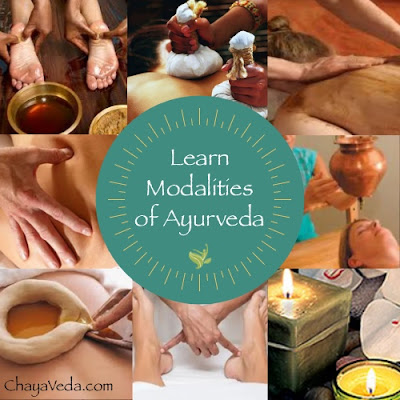What is the "experience" of the breath known as prāna?
Have you ever noticed that every yoga class begins and finishes in stillness, except for the movement of your breath?
This is no coincidence, but rather a key step to ultimate connection between oneself and the universe that happens through the feedback loop of the breath, our thoughts and the nervous system that determines our perception of our experience of ourselves and our world.
A balanced breath leads to a balanced mind and leads to a balanced life. Yoga is a vehicle for wellness because of its ability to promote health and healing through integration at physical, energetic, mental, emotional, and spiritual levels simultaneously. Though popularized as an exercise and relaxation tool, the fullness of yoga extends further, to also include self-realization and how to embrace the whole human experience.
The physical aspects of yoga have powerful healing effects. By maintaining a consistent yoga practice one can increase flexibility and muscle strength. Scientific studies have been researching the effects of yoga and finding promising results for a wide range of applications, including, people with back pain, migraines, osteoporosis, multiple sclerosis, inflammatory bowel disease, fibromyalgia, ADHD, and overall chronic pain. In addition, yoga can help increase your immunity attributed to a reduction of stress hormones produced, fewer toxins lodging in the body and mind, and the free flow of energy through the body and mind complex that boosts our immune capabilities.
When the breath is balanced the parasympathetic nervous system known as “rest and digest” is dominant. When the mind is nervous and tense, the breath is strained and erratic and the autonomic nervous system known as “fight or flight” is dominant. The autonomic nervous system stimulates chemical changes creating toxins and inflammation, putrefying and dulling our senses so that they are unable to perceive directly or interact with life skillfully. In a chaotic overstimulated world it is easy to become overwhelmed and remain in “fight or flight”. As you may have experienced this way of life leads to stress, brain fog, and lack of energy.
When we can balance the prāna in our system by improving our lung capacity, and attune to the breath as a tool for understanding our relationships and responses to life, learning how to regulate the breath to affect a clear mind and balanced nervous system, with parasympathetic dominance, we receive it's benefits of health and harmony to the physical, energetic, mental, emotional and spiritual aspects of ourselves, as well as integrating all of these layers of ourselves so we can live in this experience of oneness and create a better world for ourselves and our communities.
Yoga is a special teacher and opens the door for everyone at any mental or physical level. Yoga begins with the breath and can lead you down a life path of fulfillment. The clarity yoga brings infuses determination that is no longer something of the mind, but rather about being authentic and true to your nature, to yourself and those around you.
Choose your yoga teacher wisely. Yoga has become popularized by those who do not teach its core roots to meet the perceptions of the general public and teach from their own limited or skewed experiences and pass that on. Yoga is a practice unique to each individual. Learn all the aspects of yoga in our next yoga teacher training, for an immersion with Chaya, diving into the depths and whole yoga spectrum to bring valuable clarity to your life and support you in your personal and professional endeavors to unlock your highest potential.
Register during National Yoga Month and save an additional $50 off of the extra early tuition.
For more information about our Yoga Teacher Training
Sources:
https://www.health.harvard.edu/staying-healthy/the-physical-benefits-of-yoga








